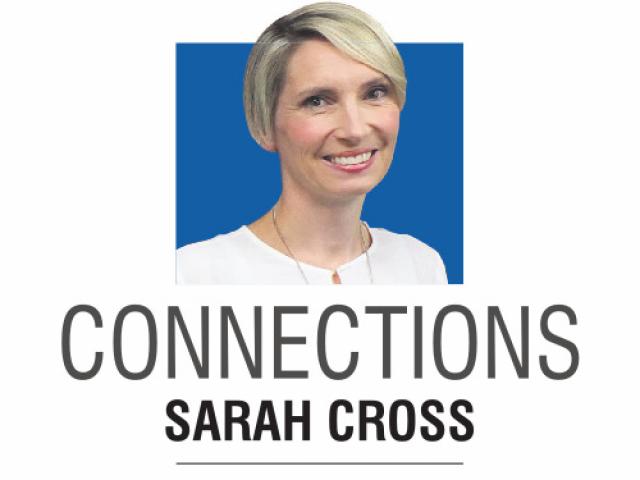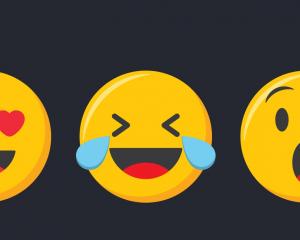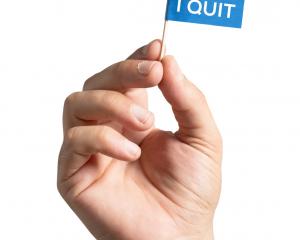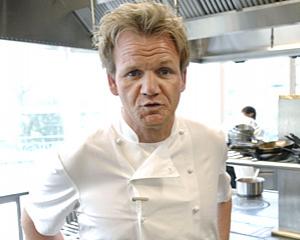
In fact, chances are, you’ve probably met the following "types" during your career — some of you may even be in the breakroom now, witnessing this very scenario.
One team member, overwhelmed by workload, vents their frustration and blames others for delays. Another workmate, eager to maintain harmony, jumps in with suggestions and offers to take on additional tasks. Meanwhile, a third colleague, dismisses the concerns raised and stresses the need for sticking to deadlines, placing blame on the first team member for the delays.

It’s a favourite of mine because it not only helps us understand the destructive behaviours that arise in conflict, but also offers a roadmap for shifting out of these roles and finding resolution.
Consisting of three distinct roles — Victim, Hero and Villain, the model helps to explain how we fall into these roles during conflict, and the ways in which the roles can keep us "stuck".
The Victim adopts a stance of feeling victimised and helpless, often avoiding responsibility for their circumstances. On the other end, the Villain, positioned as the antagonist, assumes a critical and blaming stance, pointing fingers without providing constructive solutions. Meanwhile, the Hero intervenes with the intention of saving the Victim from perceived harm, but actually ends up creating dependence.
Take a moment to think of the most annoying person in your workplace, if not your workplace, perhaps the most annoying in your family. How do you feel about them? What comes to mind when you picture them? This next part is hard, so buckle up. We aren’t going to place them on the triangle, we are going to examine your role!
What was your first thought? You may have jumped into the Villain role and thought, "They’re such a pain in the butt, they make team meetings/family gatherings so difficult". Then perhaps moved into Victim mode: "Why do I have to put up with them, why can’t someone else sort them out, I can’t get any work done when they’re jabbering in my ear", and finally into Hero, "I guess I’ll just have to be more patient, it’s easier to just take work off them and do it myself", etc. In the very instant I asked you to start thinking about the most annoying person in your life, you got sucked into the Drama Triangle — see how fast it happens?
So why do we find ourselves in the drama triangle? Well, there are certainly perceived advantages to falling into each of the three roles. A Victim does not have to make hard decisions, can avoid responsibility, and attracts Heroes to help comfort them. A Villain can feel superior to others, get their way, take credit for things going well, and then place blame when things fail. The Hero finds a sense of purpose, feels good about helping others, and gets the credit for "keeping it all together". As you learned from our exercise above, you can often fall into more than one role or switch between them as you work your way around the triangle.
I definitely tend to go to the Hero first — who doesn’t like a bit of Lycra?! And then, definitely in my personal life at least, the Villain. Saving and blaming ... neither are very helpful.
Understanding the Drama Triangle is not just an exercise in identifying roles but a proactive way to break free from destructive behaviours. While some roles may appear more attractive than others, each role is equally dysfunctional. Victims can feel stuck and powerless, frustrating other staff, and often causing others to dislike working with them. Villains aren’t able to gain trust or loyalty; they create a team of Victims and end up frequently checking up on other people’s work. While being a Hero can sound appealing, this role is actually a key part of keeping the drama triangle alive. Heroes help to create Villains and Victims and often find themselves overburdened with other people’s work, which can lead to burnout.
The first step in breaking free from the Drama Triangle is recognising when we are in the Victim, Hero or Villain role. Once roles have been identified, the focus can switch to role-shifting and moving from the drama, to what is referred to as The Empowerment Triangle. This new set of roles is a switch from Victim to Creator, Villain to Challenger, and Hero to Coach.
In these roles, a Creator can recognise their power to make choices and work towards their desired outcome. A Coach can help to empower others to make their own changes and support them. The Challenger can find the space to think about their intentions, discovering whether they are being reactive or helping to promote improvement and accountability.
A simple tool for shifting roles is to let your body lead your brain. Pause, breathe and adjust your posture. For instance, moving from Victim to Creator involves acknowledging your role, sitting up straight, making eye contact and exploring alternative solutions. Similarly, transitioning from Villain to Challenger requires softening your posture, taking a step back, reflecting on intentions and focusing on positive communication.
In the workplace, where teamwork is essential for success, addressing the Drama Triangle can be a game-changer. Unhealthy relationships hinder productivity, quash innovation and create a toxic environment.
Using the Drama Triangle to tackle those conflicts head-on opens a door to more effective collaboration, enhanced employee satisfaction and improved workplace culture.
The first step is knowing that you are in the Drama Triangle, and now that you can recognise these roles, try taking a breath and stepping out. Each role reinforces the other — remove one (or choose not to "play" in the drama) and you will increase the chances of dealing with the conflict in a healthier way.
- Sarah Cross is director of Kakapo Consulting.











